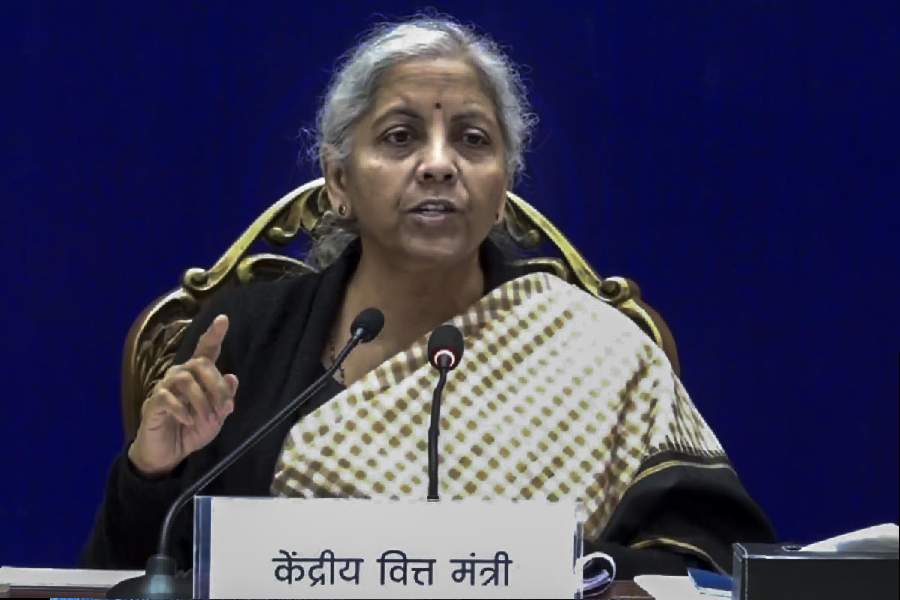Finance minister Nirmala Sitharaman faces the challenging task of balancing fiscal discipline with growth stimulation as she prepares to present the budget on February 1.
The budget carries heightened significance amid geopolitical uncertainties, including a second term for Donald Trump, China’s expanding global influence and muted domestic GDP growth hovering around 6.5 per cent.
The fiscal consolidation path aims to lower the fiscal deficit-to-GDP ratio to 4.5 per cent by 2025-26.
“The government has made significant strides in reducing the fiscal deficit from the pandemic peak of over 9 per cent,” said Lekha Chakraborty of the National Institute of Public Finance and Policy (NIPFP).
However, she cautioned that phasing out the revenue deficit could pose challenges, potentially impacting social programmes such as employment, food security and social infrastructure. Tax buoyancy and disinvestment efforts are expected to support fiscal goals, though the latter may fall short of expectations.
“The focus on investment-led growth while maintaining fiscal prudence is critical for achieving fiscal consolidation,” Chakraborty added.
Aditi Nayar, chief economist at Icra, expects a capital expenditure (capex) target of ₹11 trillion for 2025-26, reflecting a 12.5 per cent increase over the projected ₹9.7 trillion in 2024-25. “This should provide a solid impetus to growth momentum.”
Rajini Sinha, chief economist at CareEdge, expects capex to rise 19.8 per cent to ₹11.5 trillion in 2025-26, despite lower-than-expected spending in 2024-25. The quality of expenditure is projected to improve, with the capex-to-revenue expenditure ratio rising to 0.30 in 2025-26, up from 0.26 in 2024-25.
Sinha also highlighted nominal GDP growth projections of 10.3 per cent for 2025-26, slightly higher than the 9.7 per cent expected in 2024-25. “While higher revenue expenditure and lower capex in FY2025 may impact fiscal outcomes, the government is likely to remain on its fiscal consolidation path,” she said, forecasting a fiscal deficit of 4.5 per cent for 2025-26.










